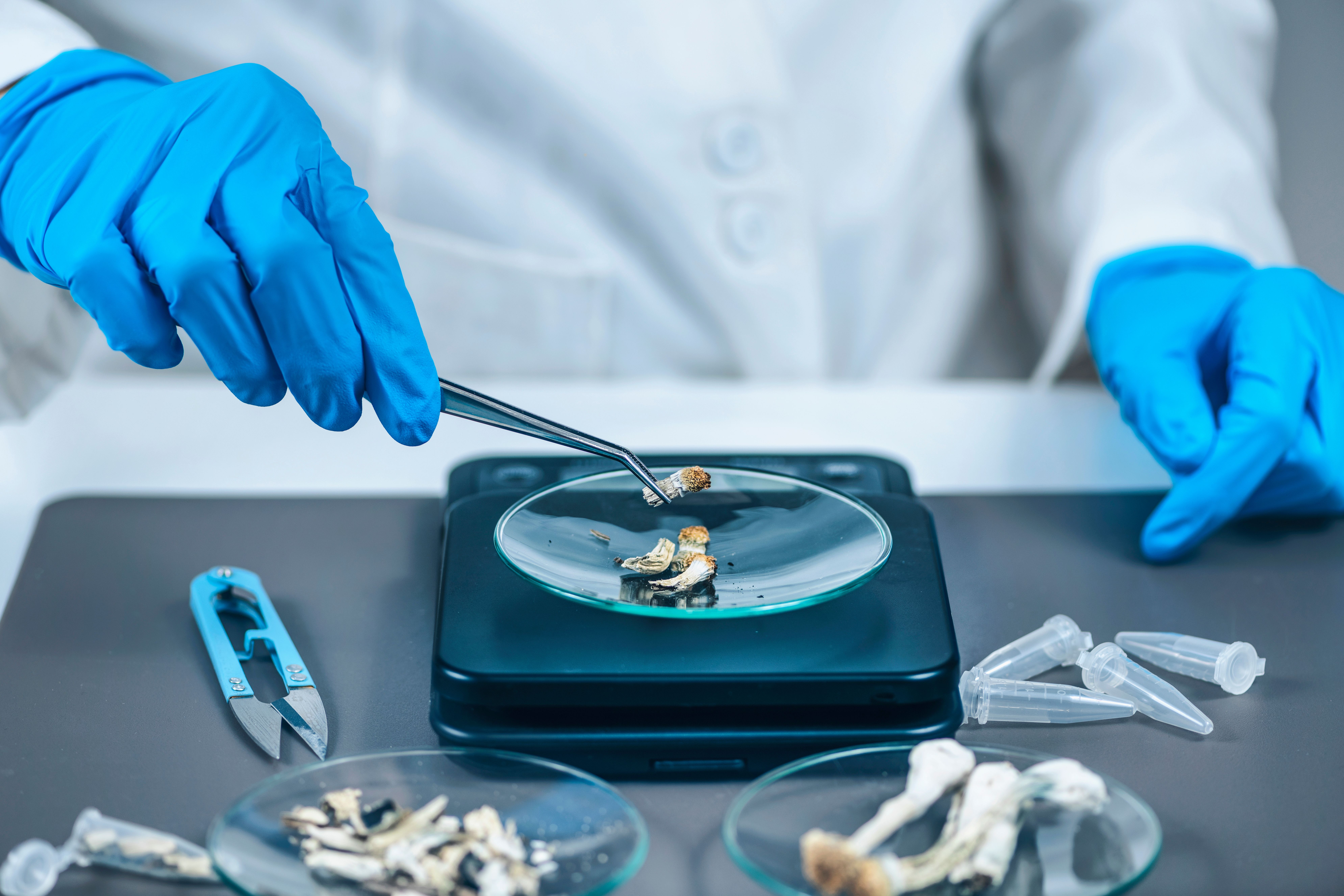Publication
Article
Pharmacy Times
Natural Treatments for Osteoarthritis
Author(s):
Osteoarthritis is one of the mostfrequent causes of pain and disabilityin the elderly. Traditional medicaltreatments focus primarily on therelief of symptoms, using analgesicsand/or various nonsteroidal antiinflammatorydrugs (NSAIDs). Longtermuse of these drugs carries potentiallyserious side effects. It isestimated that NSAID use in the UnitedStates results in >100,000 hospitalizationsand 16,500 deaths annually.1In addition to failing to prevent continuedcartilage degeneration, numerousNSAIDs are now known to actuallyaccelerate joint deterioration,resulting from their inhibition ofprostaglandin synthesis.2,3
Individuals with osteoarthritis areknown to have elevated levels ofdamaging free radicals being producedin the affected joints.4 It alsohas been determined that these freeradicals produce cytokines and variousother biochemical factors thatare involved in cartilage degradationand joint inflammation.5
Results from small studies haveshown that the antioxidant nutrientsvitamins C and E can reduceinflammation and pain and slow theprogression of osteoarthritis. In theFramingham Osteoarthritis CohortStudy, individuals with higherintakes of vitamin C had a 3-foldreduced risk for the progression ofosteoarthritis.6 Studies with vitaminE have produced conflicting results.Although some studies report no significantbenefits, several trials utilizing400 to 600 international unitsper day resulted in significant painrelief and/or improved mobility.7-9
Glucosamine sulfate is now widelyused to relieve symptoms fromosteoarthritis. Although the mechanismsof action are not totally clear,in vitro studies indicate that glucosaminestimulates the synthesis ofglycosaminoglycans, proteoglycans,and hyaluronic acid.10
Numerous human trials have reportedthat glucosamine provides greatersymptom relief than placebo.11,12
Four short-term (4-8 weeks), double-blind, placebo-controlled humantrials have compared glucosaminewith NSAIDs. In each study, patientsresponded better to ibuprofen in thefirst week, but during final weeks glucosaminewas as effective as ibuprofen.Side effects were much more frequentand severe in the patientstreated with ibuprofen.13-16
In addition to symptomatic relief,results from two 3-year studies indicatethat treatment with glucosamineslows down the progression ofosteoarthritis. In one trial, the placebopatients experienced an additional0.33 mm narrowing of joint space,whereas glucosamine-treated patientsexperienced no significant advancementof joint space narrowing.17 Thesecond trial reported an additional0.19 mm of joint space narrowingafter 3 years.18 The most commondose of glucosamine sulfate is 500 mgtaken 3 times daily.
Chondroitin sulfate (CS) is anothercompound the body needs to makecartilage and various other connectivetissues in the body. Structurally,CS consists of repeating chains ofmolecules called glycosaminoglycans.Like glucosamine, studies revealthat chondroitin reduces pain,improves flexibility and mobility,and slows the progression ofosteoarthritis. Pooled data from ameta-analysis of 7 clinical trialsrevealed that CS performed significantlybetter than placebo, producingat least a 50% improvement.19Daily dosages of CS range from 800to 1600 mg.
S-adenosylmethionine, or SAM-e,is another natural agent that is gainingin popularity. Studies indicatethat SAM-e may reduce pain andinflammation in the joints as well aspromoting cartilage repair. Althoughlarge clinical trials have not beenconducted, results from smaller trialssuggest that SAM-e provides painrelief similar to that from NSAIDs,but with far fewer side effects. Forexample, in a 16-week, randomized,double-blind, crossover study, SAM-e(1200 mg/day) was compared withcelecoxib (200 mg/day) in patientswith osteoarthritis of the knee. Duringthe first month, celecoxib providedsignificantly more pain reductionthan SAM-e, but by the secondmonth there was no significant differencebetween the 2 agents.20Because SAM-e is a metabolite ofmethionine, many health professionalsrecommend taking additional Bvitamins to avoid elevating levels ofhomocysteine. Other double-blindclinical trials have reported that SAMeworks as well as or better thanibuprofen, with far fewer sideeffects.21,22 The primary problem withSAM-e therapy is its price.
In the 1990s, studies reportedthat the mineral boron was a safeand effective supplement that couldalleviate arthritic pain and discomfort.Countries with lower soilboron levels are known to havehigher rates of arthritis, and it wassuggested that the increasing use ofchemical fertilizers might be a contributingfactor.23 In one 8-weekdouble-blind trial, 50% of the peopletaking boron (6 mg/day)improved, compared with 10% ofthe placebo patients. Individualswith severe osteoarthritis experiencedthe greatest benefit.24
Dr. Pelton is director ofeducation at IntegrativeHealth Resources Inc.
For a list of references, send a stamped,self-addressed envelope to:References Department, Attn. A. Stahl,Pharmacy Times, 241 Forsgate Drive,Jamesburg, NJ 08831; or send an e-mailrequest to: astahl@ascendmedia.com.

Newsletter
Stay informed on drug updates, treatment guidelines, and pharmacy practice trends—subscribe to Pharmacy Times for weekly clinical insights.






